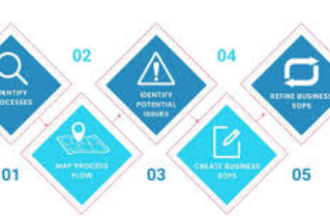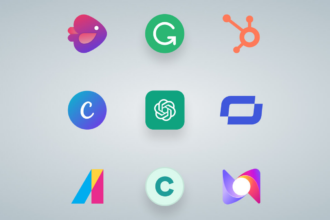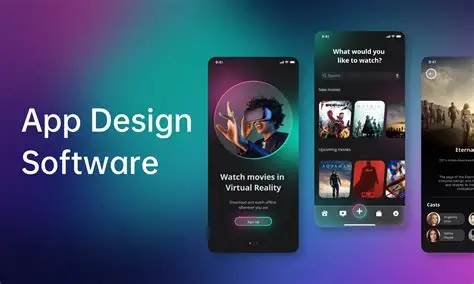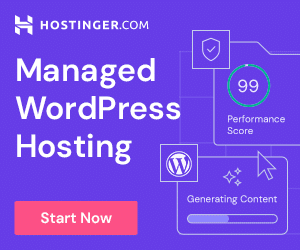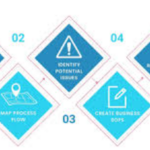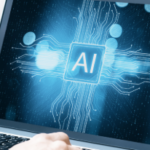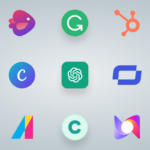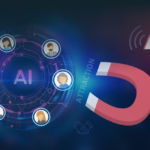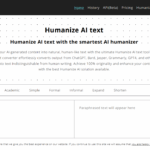In this article, I will highlight the Best App Design Software of the year 2025. Selecting the appropriate design tool is important to develop user-friendly, attractive, and effective applications.
Ranging from professional UI/UX applications such as Adobe XD and Figma to no-code builders like Softr and BuildFire, this help will enable you to appreciate their distinct characteristics and advantages and how to choose the ideal software that suits your requirements.
What is Design Software?
Design software allows creators, developers, and designers to effectively and efficiently ‘conceptualize, visualize, and construct’ digital and physical designs. Users can design mobile applications, websites, logos, graphics, and even 3-dimensional objects.
Each design software varies in the complexity of its features, to include user-friendly drag-and-drop interfaces, vector graphic creation, prototyping tools, animation, and team collaboration channels.
In any context, whether for user interface design, product visualization, or creative illustration, the software improves the accuracy of the user’s work, allows simultaneous editing, and facilitates the quick sharing of the work.
Design tools such as Figma, Adobe XD, and Sketch are UIs that allow designers to realize their visions with great precision and design quality.
How To Choose Best App Design Software
User Friendly: Go for software with intuitive design to minimize the learning curve for faster execution of projects.
Collaboration: Choose app design software with real-time collaboration and feedback capabilities, especially for distributed teams.
Interactivity: Check if the app design software has interactive prototypes to test user flows prior to development.
Cross Device Access: Select software compatible with Windows, macOS, and mobile devices for more options.
Integrations: Determine if the software works with other tools you currently use such as Slack, GitHub, and other tools around project management.
Pricing: For your design requirements and team size, assess the features of free and paid subscriptions.
Handoff Tools: Choose software that will help streamline the developer hand-off by supporting multiple export options, such as PNG, SVG, PDF, and more.
Support: Community-oriented tools with ample documentation and responsive support are your best bets.
Key Point & Best App Design Software List
| App Design Software | Key Feature |
|---|---|
| Adobe XD | Powerful prototyping and vector design tools |
| Figma | Real-time collaboration and cloud-based design |
| Sketch | Intuitive vector editing and plugins |
| InVision App | Interactive prototypes and workflow management |
| UXPin | Advanced design systems and code components |
| Miro | Collaborative whiteboarding and brainstorming |
| Softr | No-code app builder using Airtable integration |
| BuildFire | Customizable mobile app builder with plugins |
| Appgyver | Full-stack no-code app development platform |
| Marvel | Quick prototyping and user testing tools |
1. Adobe XD
Adobe XD provides incredible value as one of the best app design software options for its all-in-one solution for design, prototyping, and collaboration.
A product differentiator for Adobe XD is its real-time coediting feature that lets different designers work on the same project at the same time. The responsive resize function saves time and effort as it automatically adjusts layouts for varying screen sizes.
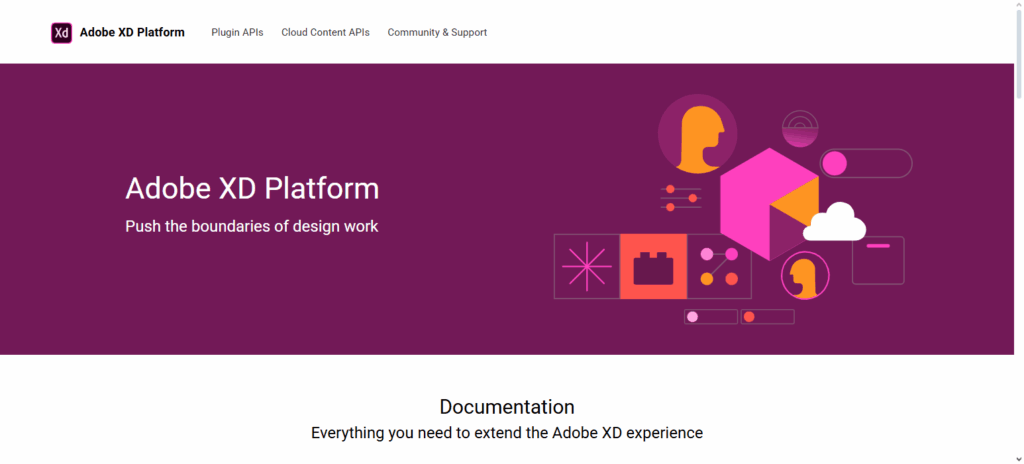
Adobe XD integrates smoothly with other Adobe Creative Cloud tools, certainly boosting the workflow of designers using Photoshop and Illustrator.
In 2025, Adobe XD will still be one of the top choices for professional app designers because of its powerful vector design capabilities, stable performance, and user-friendly interface.
Adobe XD Features
- Prototyping & Wireframing: Build interactive prototypes with ease, complete with transitions and animations.
- Collaboration Tools: Real-time collaboration with your team and sharing of feedback is facilitated.
- Integration: Incorporate other Adobe Creative Cloud apps like Photoshop and Illustrator for more advanced design.
2. Figma
Figma stands out as one of the finest software apps for designing as it brings a new level of collaboration in real time.
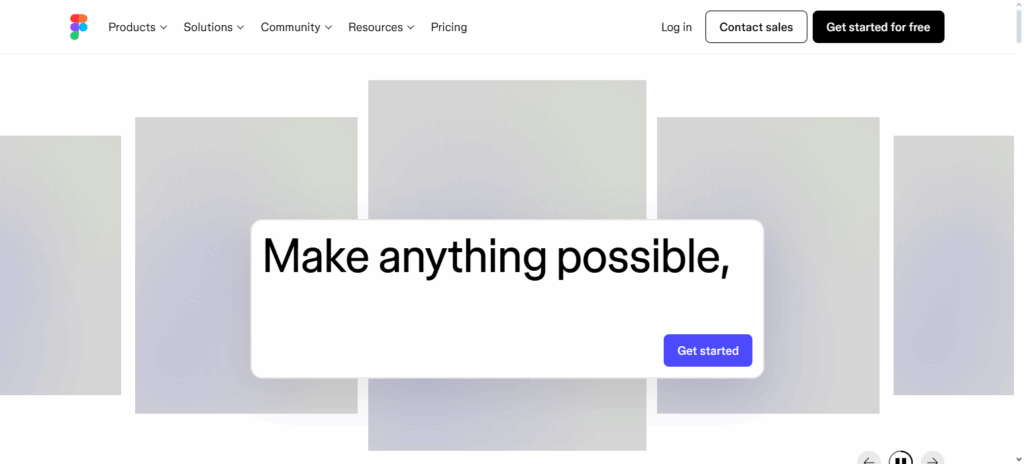
Unlike other design tools simply software tools, Figma is entirely cloud-based, allowing several members of a team to design, comment, and prototype at the same time and from any location. Its true forte are the shared libraries and components that help designers ensure that systems are consistent across all design systems.
Being browser-based means there are no installation concerns and it can be used on any device. As we approach 2025, Figma is, and will continue to be, the all-in-one solution for precision, speed, and seamless collaboration on design projects, thanks to its built-in vector networks, prototyping, and developer handoff features.
Figma Features
- Cloud-Based Collaboration: Simultaneous designs from several users in real-time from any location are possible.
- Component System: Reusable design components promote consistency within and between disparate projects.
- Cross-Platform: The app can be used on a browser, desktop, or mobile thus offers great flexibility for designers.
3. Sketch
Sketch is one of the best app design software tools, renowned for its precision and simplicity in creating clean, scalable UI designs.
Exclusively built for macOS, Sketch offers unmatched performance and native system integration, providing a smooth experience for designers. Its unique strength lies in its vast plugin ecosystem, allowing full customization and automation of workflows.
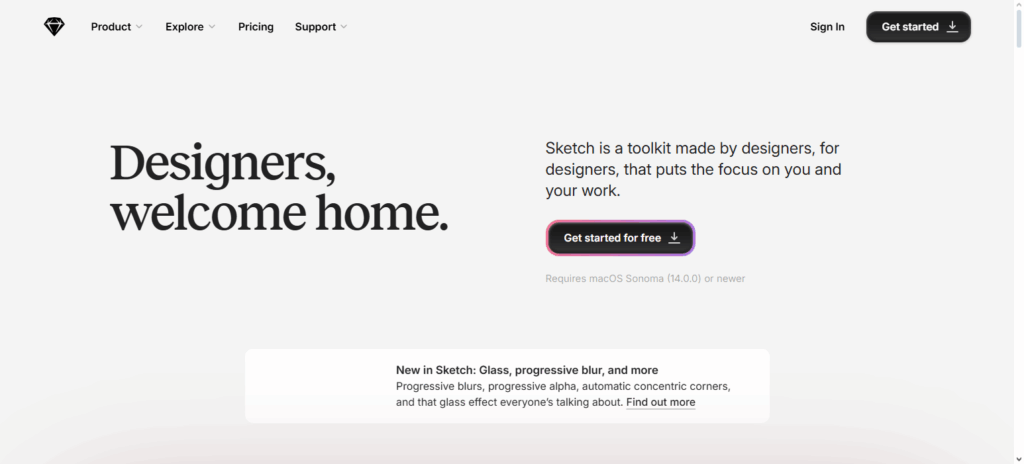
Sketch also supports powerful vector editing, reusable symbols, and responsive resizing, helping designers maintain visual consistency across projects.
Its lightweight structure and focus on design fundamentals make it ideal for both freelancers and professional design teams who value flexibility and creative control in 2025.
Sketch Features
- Vector Editing: Industry-standard precise vector-based design tools for UI/UX projects.
- Plugins & Extensions: Automated workflow with a plethora of plugins enhances the functionality of your projects.
- Symbols & Styles: Design organization and consistency is simplified with reusable symbols and shared styles.
4. InVision App
InVision App is one of the leading platforms for software app design and is recognized for turning static designs into interactive prototypes, all without the need for coding.
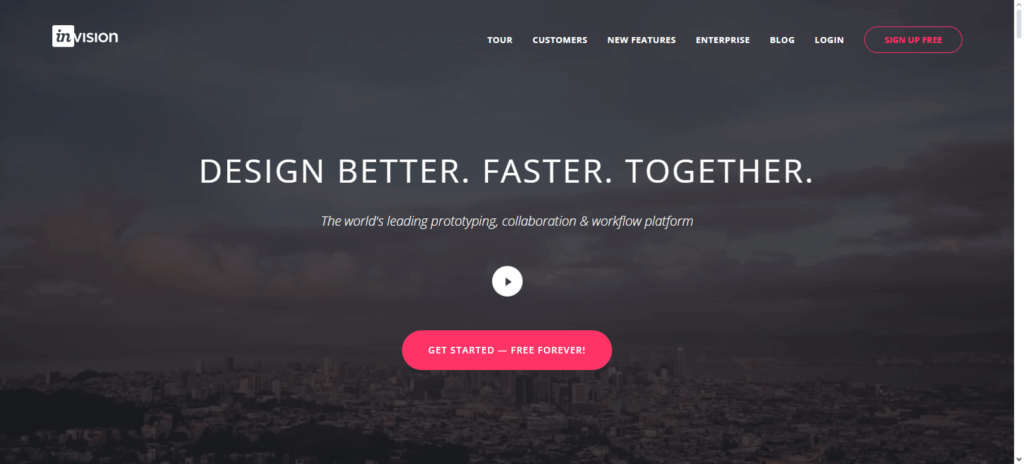
InVision’s proprietary “InVision Freehand” is a collaborative tool that serves as a whiteboard allowing and helping design teams brainstorm, sketch, and provide feedback instantaneously. This is especially useful for remote design teams that are distributed and are involved in various stages of the design.
InVision interconnects flawlessly with various other design and communication platforms such as Slack, Figma, and Sketch.
User interface and experience designers are very likely to continue to choose and use InVision in the year 2025 because of the outstanding digital products that design teams are able to produce with the tool as a result of its multiple design integrations, version control, user interface testing, and sophisticated developer handoff features.
InVision App Features
- Interactive Prototypes: Create prototypes with interactive elements that animate and illustrate the app flow.
- Feedback & Collaboration: Facilitates collaboration by allowing comments on designs from team members and clients.
- Design Handoff: Deliver assets and specs so that developers can easily access what they need.
5. UXPin
As one of the finest platforms for app design software, UXPin offers advanced, realistic, functional prototyping.
Its distinguishing feature is the ability to incorporate authentic HTML, CSS, and JavaScript elements into the design workflow, enabling creators to develop functional prototypes that closely resemble practical applications.
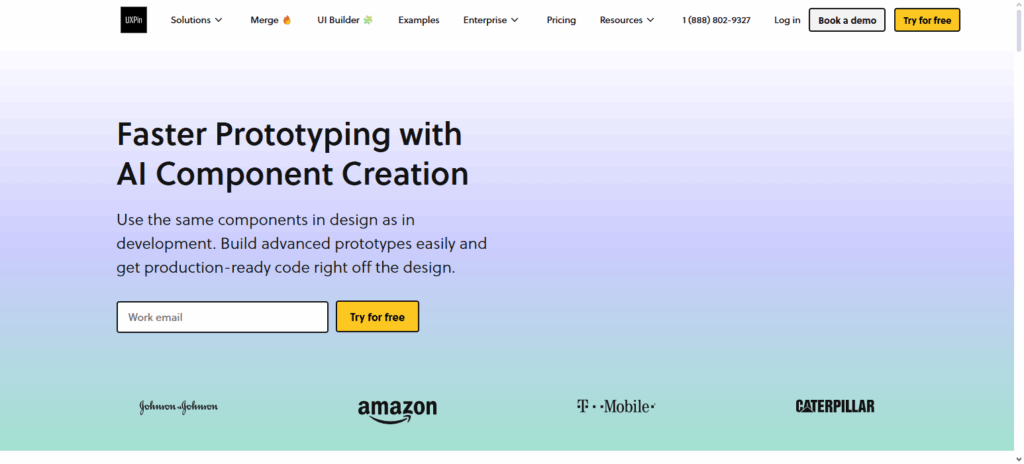
This coding approach forms a bridge between design and development, minimizing the possibility of errors during the handover process.
In addition to customizable design systems, UXPin offers collaboration in real time, streamlining workflows to meet the accessibility needs of large-scale enterprise teams. Its focus on interactivity, precision, flexible developer handoff, and systems collaboration makes UXPin an ideal candidate for app designers in the year 2025.
UXPin Features
- Advanced Prototyping: Facilitates interactive states, logic, and conditional interactions.
- Design Systems: Manages reusable components to maintain consistent design.
- Collaboration: Designers and developers can collaborate via live updating and commenting systems.
6. Miro
Miro is superb app design software and is distinct for being a collaborative online whiteboard for creative teams. The software’s infinite canvas is a game changer; it facilitates designer brainstorming sessions and app structure planning in a collaborative space.
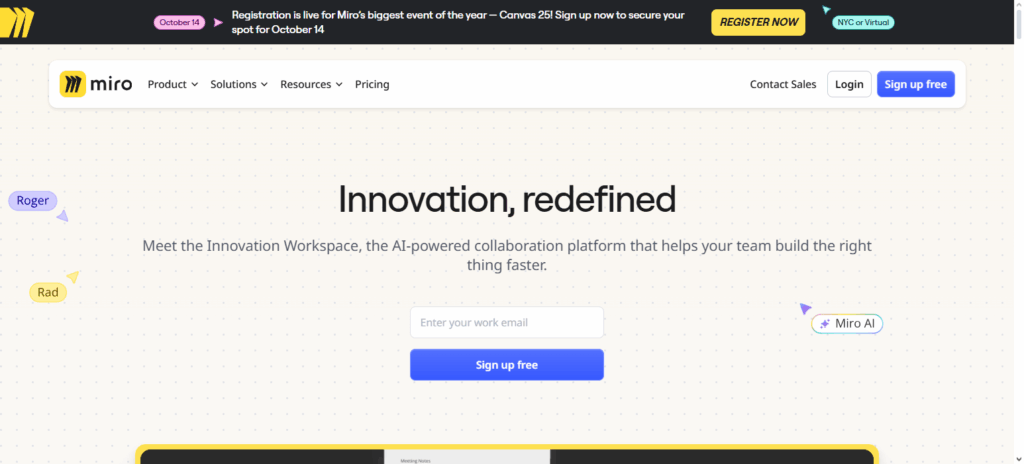
Miro is not like most other design software because it focuses on the ideation and initial collaboration phases of a project. Teams working in Miro can use sticky notes, diagrams, and pre-made templates to collaborate in real time.
Miro boosts workflow efficiency, since it integrates with other apps, such as Figma, Jira, and Slack. Miro combines project planning, design thinking, and project feedback in a single software, making it easier for teams to develop rough app designs into more advanced structured designs in 2025.
Miro Features
- Visual Collaboration: A digital whiteboard for brainstorming, wireframing, and mind mapping.
- Templates & Frameworks: Prebuilt templates for UX design, sitemaps, and flowcharts.
- Integrations: Works with Slack, Jira, and Figma for seamless workflow.
7. Softr
Softr is one of the best app design tools for non-coders. It is a no-code platform that can turn Airtable or Google Sheets data into functional web and mobile applications.
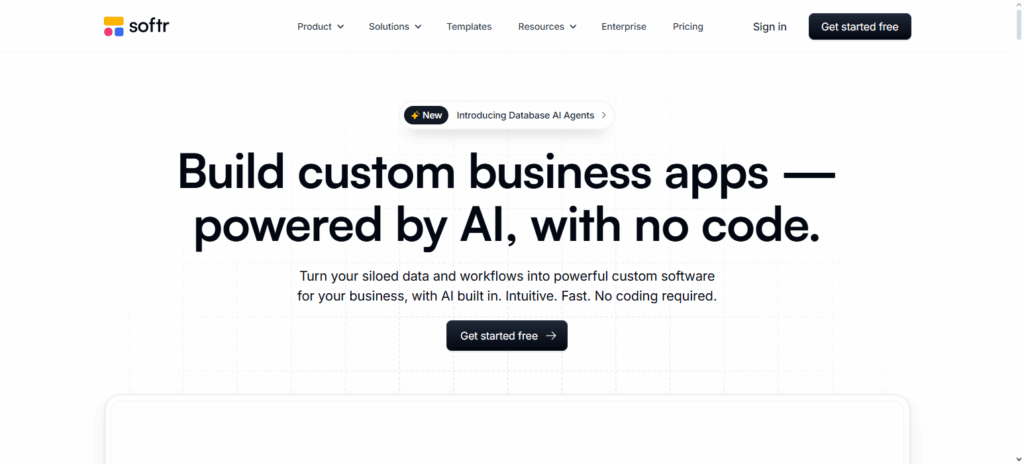
Its distinct feature is a drag-and-drop interface and design blocks that lets you build professional quality applications without any coding knowledge. Softr provides just enough power to build a variety of applications: in minutes you can build dashboards, client portals, or even a marketplace.
It even handles authentication, integration, and layouts that respond to the user’s device. With a focus on data and ease of access, Softr lets designers of any skill, and in 2025 more efficiently and creatively builds apps.
Softr Features
- No-Code App Builder: Build apps and websites without coding.
- Prebuilt Blocks: Ready-to-use blocks for forms, listings, and user authentication.
- Database Integration: Directly connects to Airtable for managing dynamic content.
8. BuildFire
BuildFire ranks among the top platforms when it comes to designing apps, specifically customizable mobile apps for businesses and organizations.
Its forte is in its plugin architecture, enabling users to append sophisticated features such as e-commerce, push notifications, and loyalty programs without any coding.
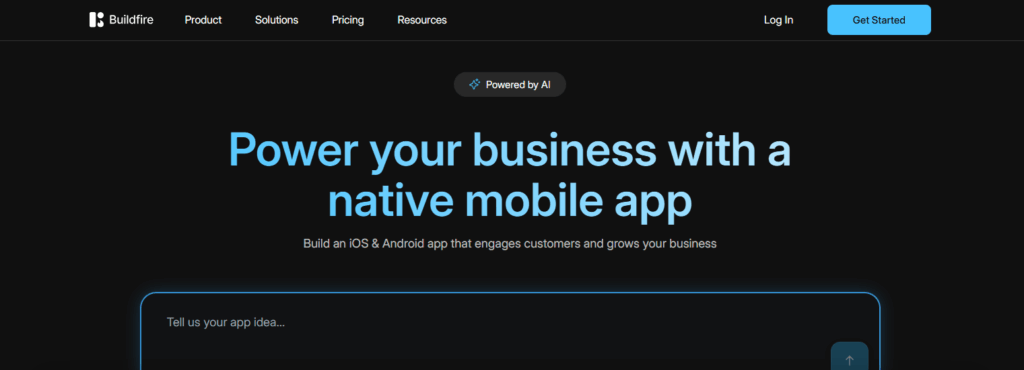
The app creation process is quick and intuitive due to BuildFire’s drag and drop functionality, and its scalability is beneficial for both small businesses and large enterprises.
Furthermore, BuildFire provide robust analytical tools, cross-platform support for publishing apps and apps for both iOS and Android as well as cross-platform compatibility. Because of its flexibility, simplicity, and business-oriented characteristics. It is no surprise that BuildFire is the top-rated app building software for app building in 2025.
BuildFire Features
- Drag-and-Drop Builder: Fast app creation with an intuitive drag-and-drop interface.
- Custom Plugins: Predominant marketplace for custom plugins.
- Cross-Platform: Build apps for iOS, Android and the web.
9. Appgyver
AppGyver is among the finest app design software tools fully capable of enabling full-stack, professional-grade, and no-code app development.
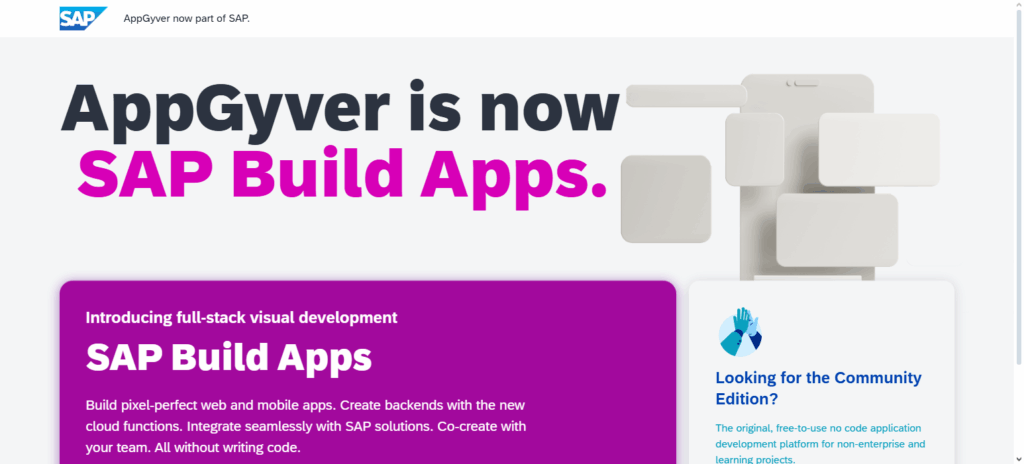
The ability to create complex, data-driven apps without writing code is made possible with a combination of visual builders and logic flows. AppGyver is a true no-code, cross-platform app development tool as it allows users to build iOS, Android, and web apps simultaneously.
Having API integration, offline, and real-time preview features makes it no-code creator friendly, and technically, real-time data APIs make AppGyver appealing to creators. Its power customization with scalability solidly positions AppGyver as the preferred choice in 2025.
Appgyver Features
- No-Code Development: Fully functional apps can be built without coding.
- Logic & APIs: Custom logic, REST APIs, and app integration for complexity.
- Cross-Platform: iOS, Android, and web apps.
10. Marvel
Marvel is app design software tool recognized as one of the best for its ease and efficiency for transforming concepts into interactive prototypes.
It is uniquely positioned with its user friendly interface which helps designers to make clickable prototypes, run user tests, and collect information without any extensive configuration.
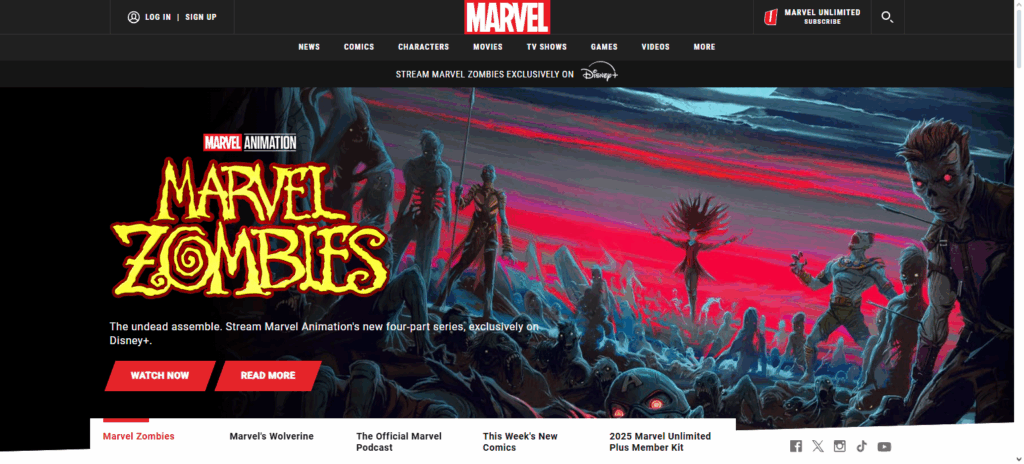
With design handoff, automated user testing, and responsive layouts, respective teams can validate concepts.
It streamlines collaborative workflows and interoperability with Sketch, Figma, and Slack. As a 2025 app creator marvel prioritizes accessibility, fast prototyping, user oriented design, and all of the above is why marvel continues to be the best application in 2025.
Marvel Features
- Rapid Prototyping: Transform sketches into interactive prototypes in no time.
- User Testing: Gather feedback from actual users inside the app.
- Handoff Tools: Provide developers with assets, specifications, and code fragments seamlessly.
Pros & Cons
Pros:
- Easy Prototyping: The ability to create interactive prototypes helps you to think through your ideas.
- Team Work: Most design software enables multiple users to work simultaneously and receive feedback in real-time.
- Design Efficiency: Drag-and-drop editors and pre-made templates available in software increases design speed.
- Design Consistency: Design systems and reusable components in software help to create visually uniform design.
- Integration with Other Software: Most design programs provide integration with other apps such as Slack, Jira, and other development environments.
- Remote Access: Most design software are cloud-based thus enables users to work from multiple devices and location.
- No-Coding App Creation: A variety of software allows users to create apps without any coding experience.
Cons:
- Difficult to Learn: Most advanced and professional design software provide features which are cumbersome for new users.
- Software Cost: Professional design software subscription prices are steep especially for solo users or small teams.
- Limited Functionality: Some no-code design software provide limited advanced features thus can be less useful.
- Lack of Speed: Most cloud-based design software is less responsive especially with heavy or complex tasks.
- Software Availability: Certain design software is only available for use on specified operating platforms.
- Stability of Internet Connection: Most design software is available only online thus requires good connectivity.
- Collaboration Problems: Very large teams can sometimes experience system conflicts when collaborating on shared resources.
Conclusion
In conclusion, your requirements, the scale of your team, and your skillset determine the best app design software. For professional UI/UX design, real-time collaboration, and cross-platform integration, Adobe XD and Figma are undisputed leaders, whereas Sketch and InVision App are great for precision and interactive prototyping on macOS.
No-code tools like Softr, BuildFire, and AppGyver allow non-tech users to rapidly create functional apps, while Miro and Marvel are excellent for brainstorming and rapid prototyping. Optimal software fosters creativity and collaboration to make app design highly intuitive and rapid in 2025, meeting the needs of individuals and larger design teams.
FAQ
What is the best app design software for beginners?
For beginners, Marvel, Miro, and Softr are ideal due to their intuitive interfaces, drag-and-drop features, and minimal learning curve.
Which app design software is best for collaboration?
Figma and Miro are top choices for real-time teamwork, allowing multiple users to edit, comment, and share feedback simultaneously.
Can I design apps without coding?
Yes, platforms like Softr, BuildFire, and AppGyver enable no-code app development, making app creation accessible for non-technical users.
Which software is best for professional UI/UX design?
Adobe XD, Figma, and Sketch provide advanced prototyping, vector tools, and design systems for professional designers.

